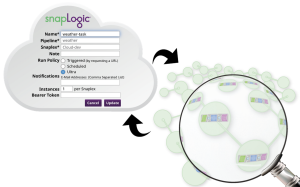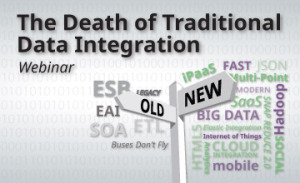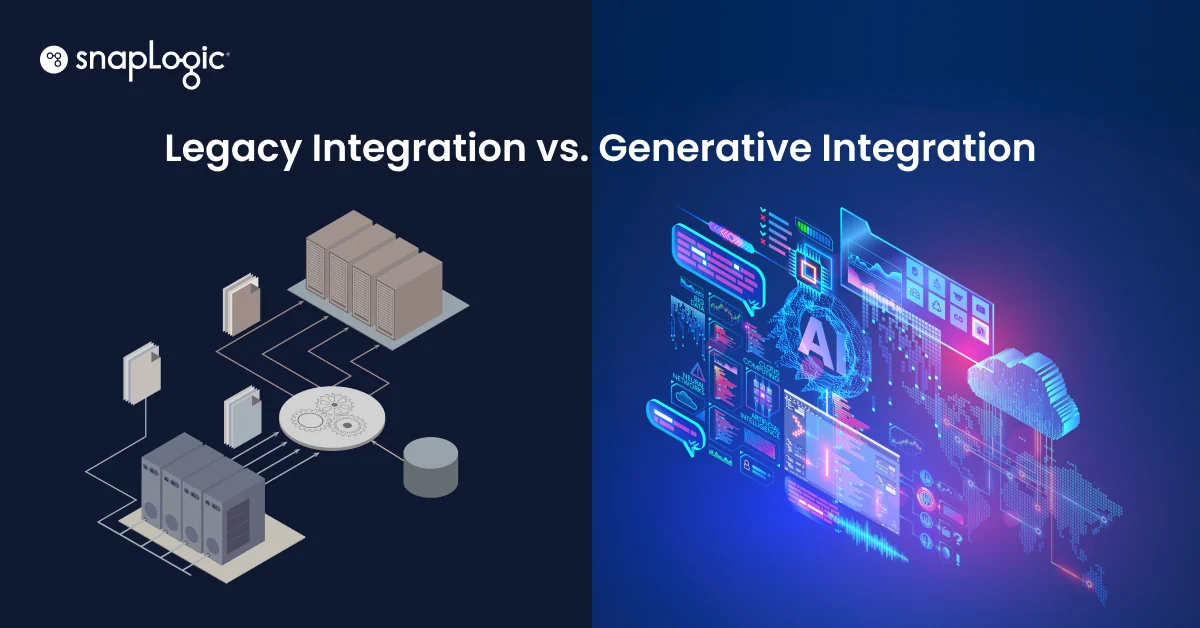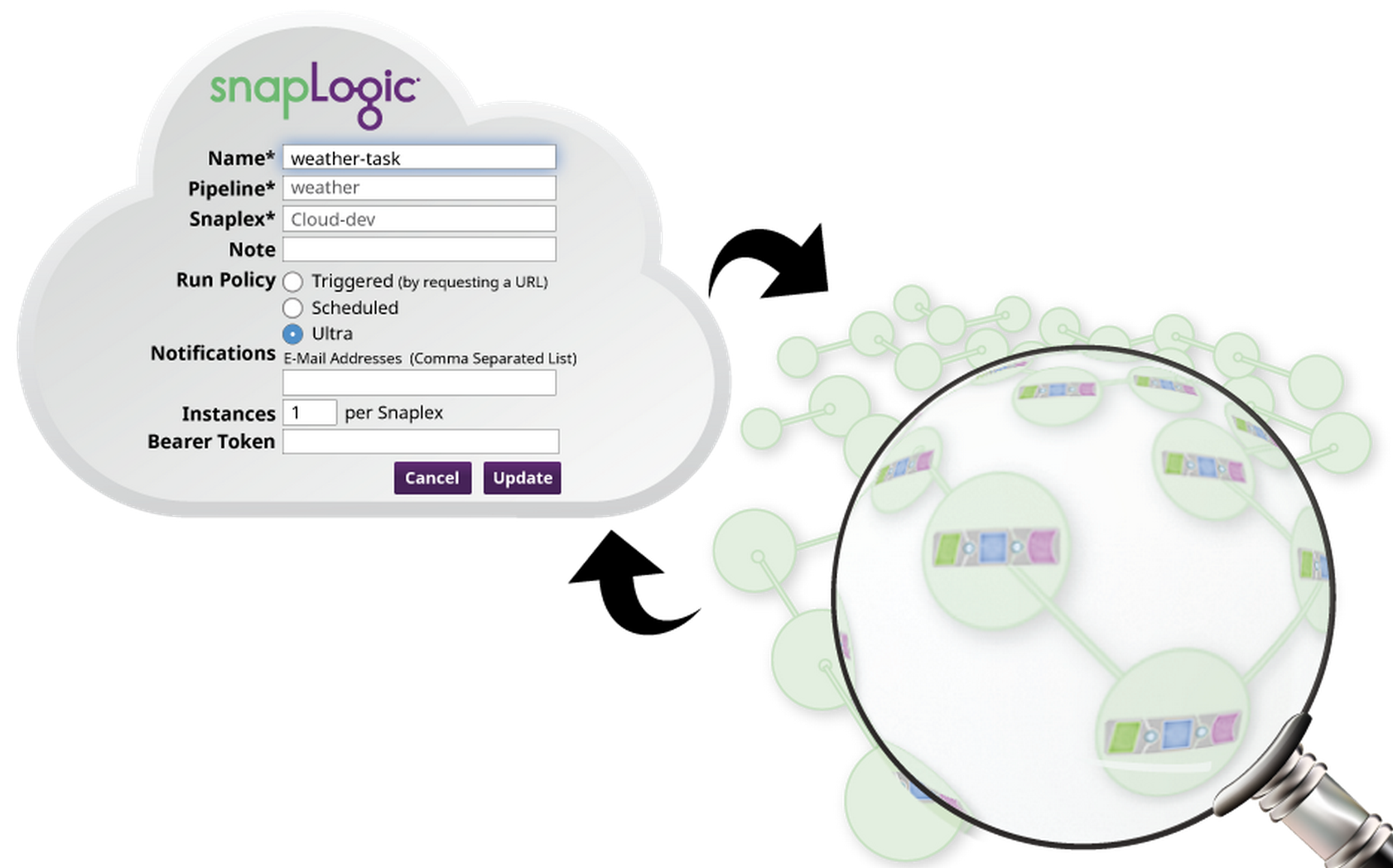 Today SnapLogic announced the availability of Ultra Pipelines, which continuously consume documents from external sources that require low-latency processing of their inputs or that are not compatible with event-based triggers. Ultra Pipelines receive input from a website or application and return data to the requester at speeds up to 10x faster than before for some use cases, satisfying the needs of line-of-business managers who need instant access to company or customer data. According to Niraj Nagrani, vice president of engineering at SnapLogic, “the frictionless, real-time processing that Ultra Pipelines deliver is what companies need to take full advantage of the cloud and big data.”
Today SnapLogic announced the availability of Ultra Pipelines, which continuously consume documents from external sources that require low-latency processing of their inputs or that are not compatible with event-based triggers. Ultra Pipelines receive input from a website or application and return data to the requester at speeds up to 10x faster than before for some use cases, satisfying the needs of line-of-business managers who need instant access to company or customer data. According to Niraj Nagrani, vice president of engineering at SnapLogic, “the frictionless, real-time processing that Ultra Pipelines deliver is what companies need to take full advantage of the cloud and big data.”
This idea of frictionless, real-time processing without the complexity and overhead of implementing and managing legacy enterprise service bus (ESB) technology was a primary topic of discussion in our webinar last week with industry analyst, author and integration practitioner David Linthicum. Called The Death of Traditional Data Integration – How the Changing Nature of IT Mandates New Approaches and Technologies, the number of attendees and questions certainly indicates that many enterprise IT organizations are in the midst of re-thinking their integration layer in the era of Social, Mobile, Analytics, Cloud and the Internet of Things (SMACT).
 Picking up on the theme of why buses don’t fly in the cloud, a topic we also discussed on a webinar with Forrester in 2014, we asked attendees: “What is the future of the ESB at your company?” 67% said they’re looking to move to a more flexible / agile integration platform. Here’s what David Linthicum had to say about re-thinking your integration layer and the ESB:
Picking up on the theme of why buses don’t fly in the cloud, a topic we also discussed on a webinar with Forrester in 2014, we asked attendees: “What is the future of the ESB at your company?” 67% said they’re looking to move to a more flexible / agile integration platform. Here’s what David Linthicum had to say about re-thinking your integration layer and the ESB:
“The fact of the matter is that the cloud integration trend, the utilization of data lakes, the utilization of unstructured information, the big data systems that we’re seeing out there, the complex data analytics and the ability to consume and deal with petabytes of information in one single scoop is something where traditional integration can’t keep up with the speed and the size and the complexity of the information as it’s moving from place to place. It’s just too much for traditional ETL systems, traditional enterprise EAI systems. Things that I’ve built in the past and even the ESBs that were built around the SOA movement.
Understand that we have to continuously rethink the way in which we’re approaching technology. Integration is no different and ultimately the existing approaches and the existing technology are going to fall short so we have to rethink, reinvent, re-innovate the way in which we’re approaching integration.”
This week I’ll be posting excerpts from the discussion. David also has published a whitepaper on the topic that you can download here and you can listen to a podcast of the webinar on our iTunes channel.
To learn more about SnapLogic Ultra Pipelines, which are available today to all of our customers, visit: https://www.snaplogic.com/products/ultra-pipelines









